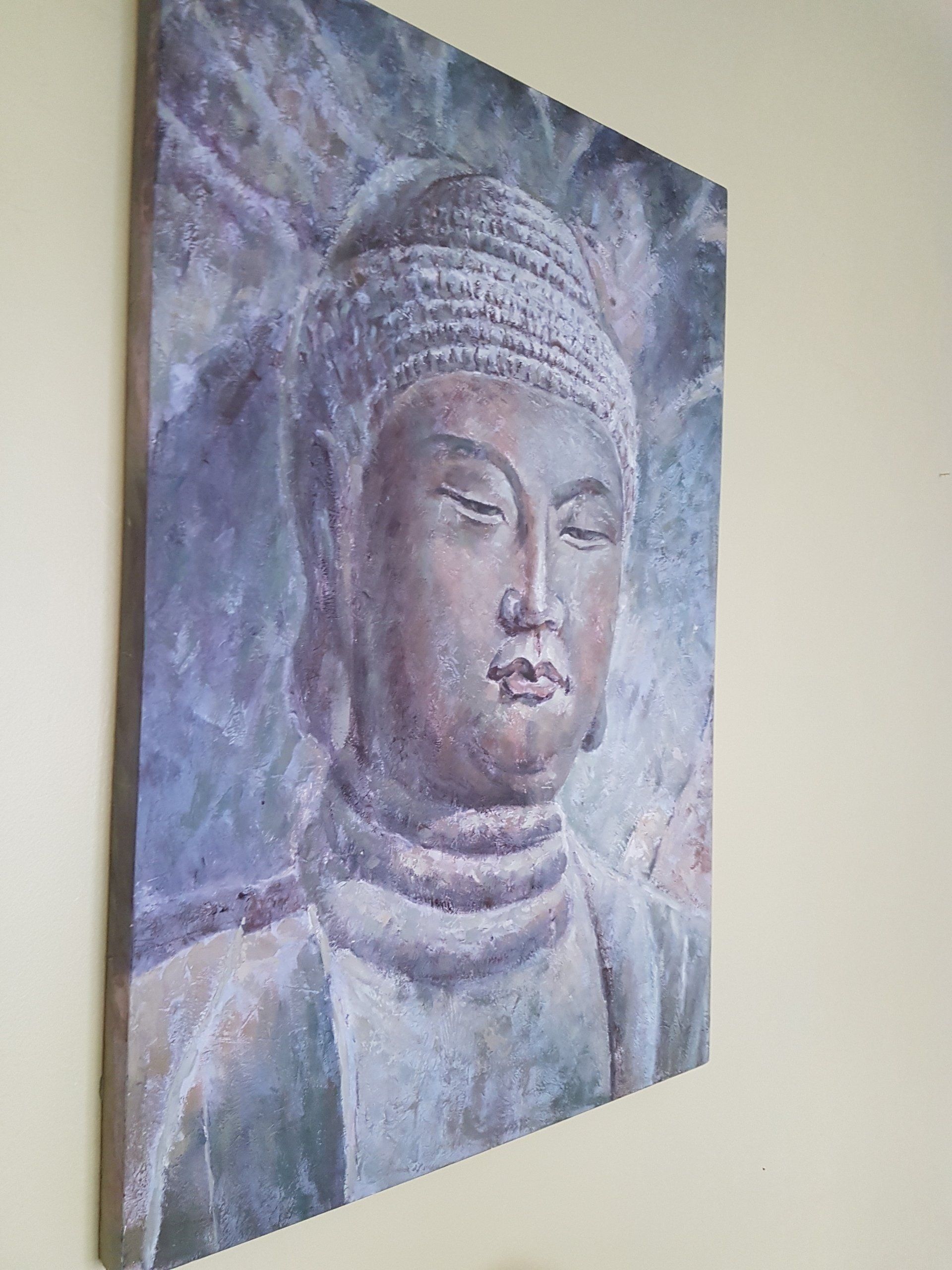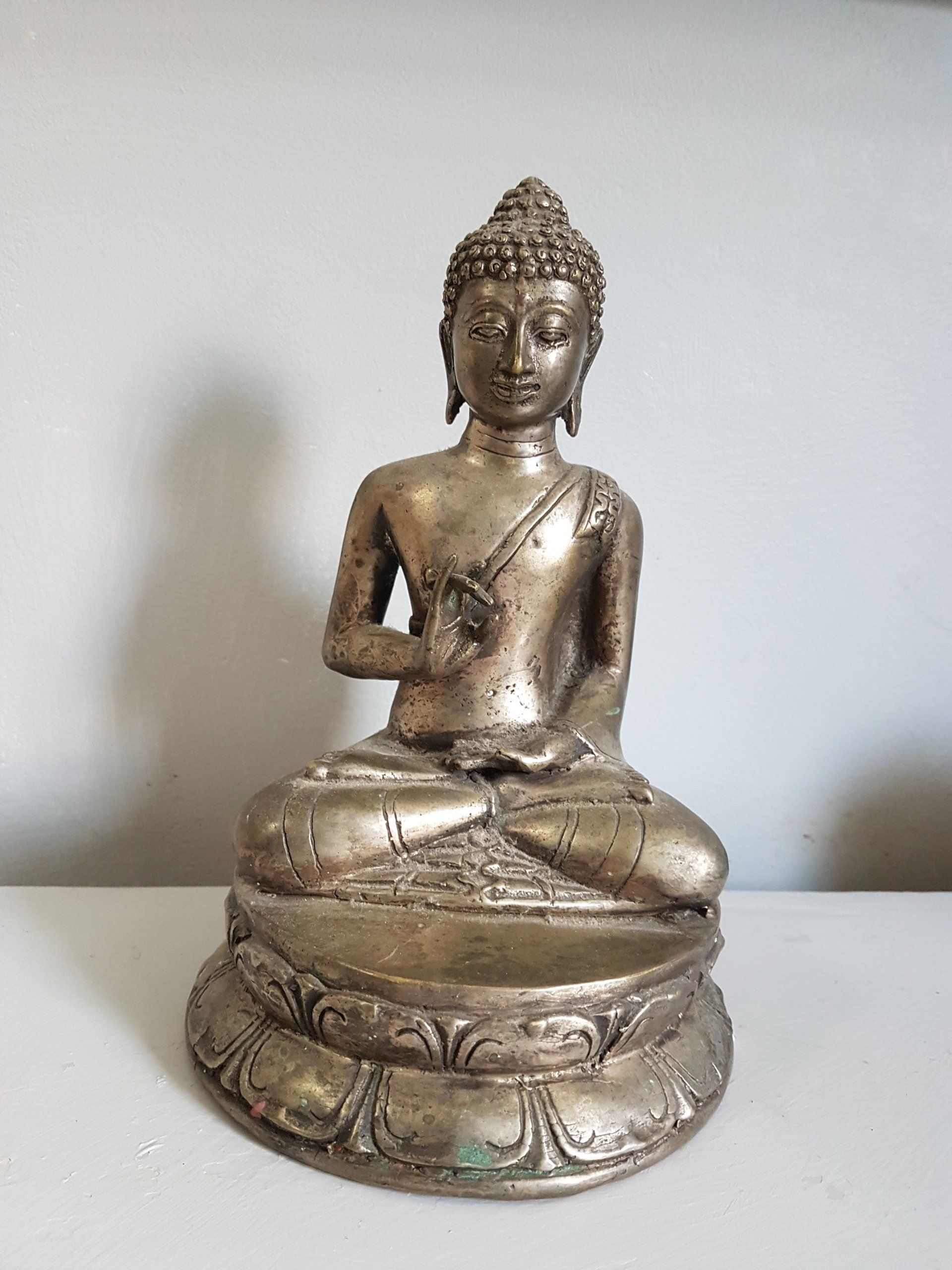
- HOME
- Counselling & Psychotherapy
- Structured Treatment Programmes
- MORE
Post-traumatic Stress Disorder
Post-Traumatic Stress Disorder
Post-Traumatic Stress Disorder
Post-traumatic stress disorder (PTSD) is a type of anxiety disorder which you may develop after being involved in, or witnessing, traumatic events that you have perceived as life threatening. The condition was first recognised in war veterans and has been known by a variety of names, such as 'shell shock'.

Slide title
Write your caption hereButton
Slide title
Write your caption hereButton
Slide title
Write your caption hereButton
Are there different types of PTSD?
If you are given a diagnosis of PTSD, you might be told that you have mild, moderate or severe PTSD. This explains what sort of impact your symptoms are having on you currently – it's not a description of how frightening or upsetting your experiences might have been.
PTSD may be described differently in some situations:
- Delayed-onset PTSD – if your symptoms emerge more than six months after experiencing trauma, this might be described as 'delayed PTSD' or 'delayed-onset PTSD'.
- Complex PTSD – if you experienced trauma at an early age or it lasted for a long time, you might be given a diagnosis of 'complex PTSD'.
- Birth trauma – PTSD that develops after a traumatic experience of childbirth is also known as 'birth trauma'.
If you experience some PTSD symptoms while supporting someone close to you who's experienced trauma, this is sometimes known as ‘secondary trauma’.
Signs and symptoms of PTSD
PTSD develops differently from person to person because everyone’s nervous system and tolerance for stress is a little different. While you’re most likely to develop symptoms of PTSD in the hours or days following a traumatic event, it can sometimes take weeks, months, or even years before they appear. Sometimes symptoms appear seemingly out of the blue. At other times, they are triggered by something that reminds you of the original traumatic event, such as a noise, an image, certain words, or a smell.
While everyone experiences PTSD differently, there are four main types of symptoms.
1. Re-experiencing the traumatic event through intrusive memories, flashbacks, nightmares, or intense mental or physical reactions when reminded of the trauma.
2. Avoidance and numbing, such as avoiding anything that reminds you of the trauma, being unable to remember aspects of the ordeal, a loss of interest in activities and life in general, feeling emotionally numb and detached from others and a sense of a limited future.
3. Hyperarousal, including sleep problems, irritability, hypervigilance (on constant “red alert”), feeling jumpy or easily startled, angry outbursts, and aggressive, self-destructive, or reckless behaviour.
4. Negative thought and mood changes like feeling alienated and alone, difficulty concentrating or remembering, depression and hopelessness, feeling mistrust and betrayal, and feeling guilt, shame, or self-blame.
2. Avoidance and numbing, such as avoiding anything that reminds you of the trauma, being unable to remember aspects of the ordeal, a loss of interest in activities and life in general, feeling emotionally numb and detached from others and a sense of a limited future.
3. Hyperarousal, including sleep problems, irritability, hypervigilance (on constant “red alert”), feeling jumpy or easily startled, angry outbursts, and aggressive, self-destructive, or reckless behaviour.
4. Negative thought and mood changes like feeling alienated and alone, difficulty concentrating or remembering, depression and hopelessness, feeling mistrust and betrayal, and feeling guilt, shame, or self-blame.
PTSD in Children
In children – especially very young children – the symptoms of PTSD can differ from those of adults and may include:
- Fear of being separated from their parent
- Losing previously-acquired skills (such as toilet training)
- Sleep problems and nightmares
- Somber, compulsive play in which themes or aspects of the trauma are repeated
- New phobias and anxieties that seem unrelated to the trauma (such as fear of monsters)
- Acting out the trauma through play, stories, or drawings
- Aches and pains with no apparent cause
- Irritability and aggression
If you, or someone you love, is suffering from PTSD we can help at Tower Counselling. Telephone (+44) 08454670612
or (+44) 07593809574
or email
us










